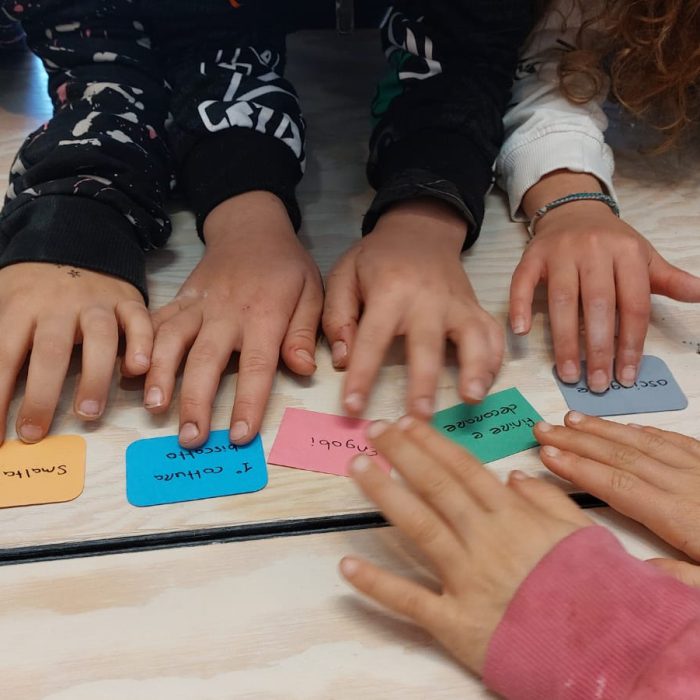HAND
HAndicrafts for studeNts DEvelopment

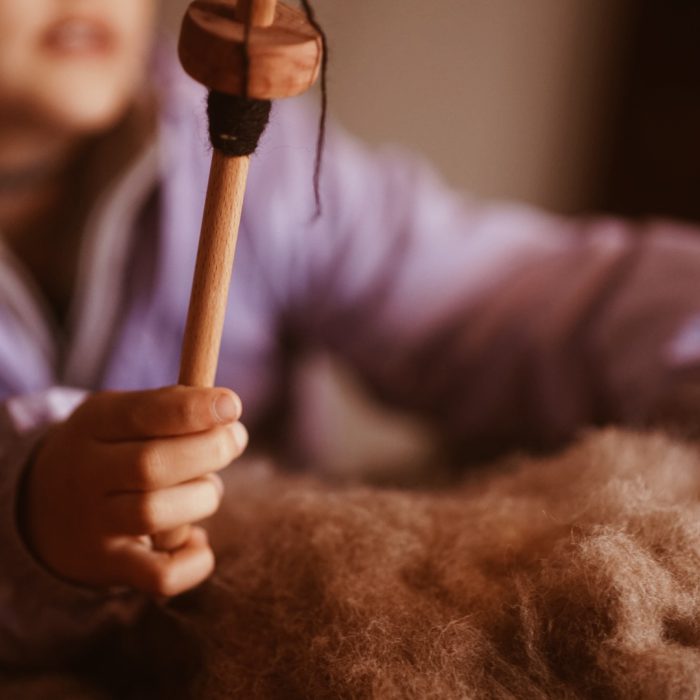
About the Project
HAND’s general objective is to promote traditional artisanal handicraft in schools located in rural areas. The aim is to raise awareness in primary schools on the richness and sustainability of local arts & crafts technique, history and traditions, and to discover different handicraft realities in Europe through cross border knowledge sharing. Students will also develop green skills and knowledge of environmental education and sustainability.
Start date 01-09-2024
End date 30-11-2025
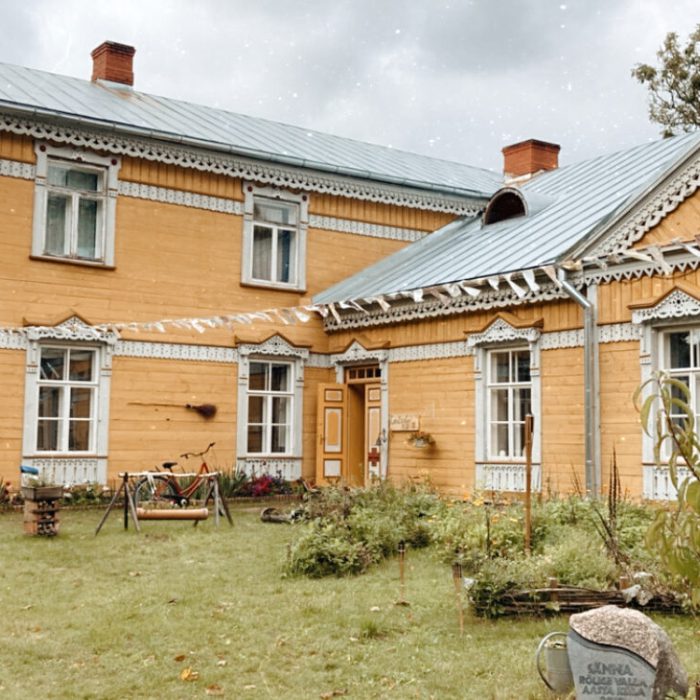
Partners
4 different partners are part of the project. 2 schools – one from Italy and one from Estonia – and two associations.
- Albero della Tuscia (Italy)
MTÜ Sänna Kultuurimõis (Estonia)
- Artemisia (Italy)
- Ühe Talu Lugu (Estonia)
NEWS
- All Posts
- Bookbinding
- Pottery
- Spinning & Weaving
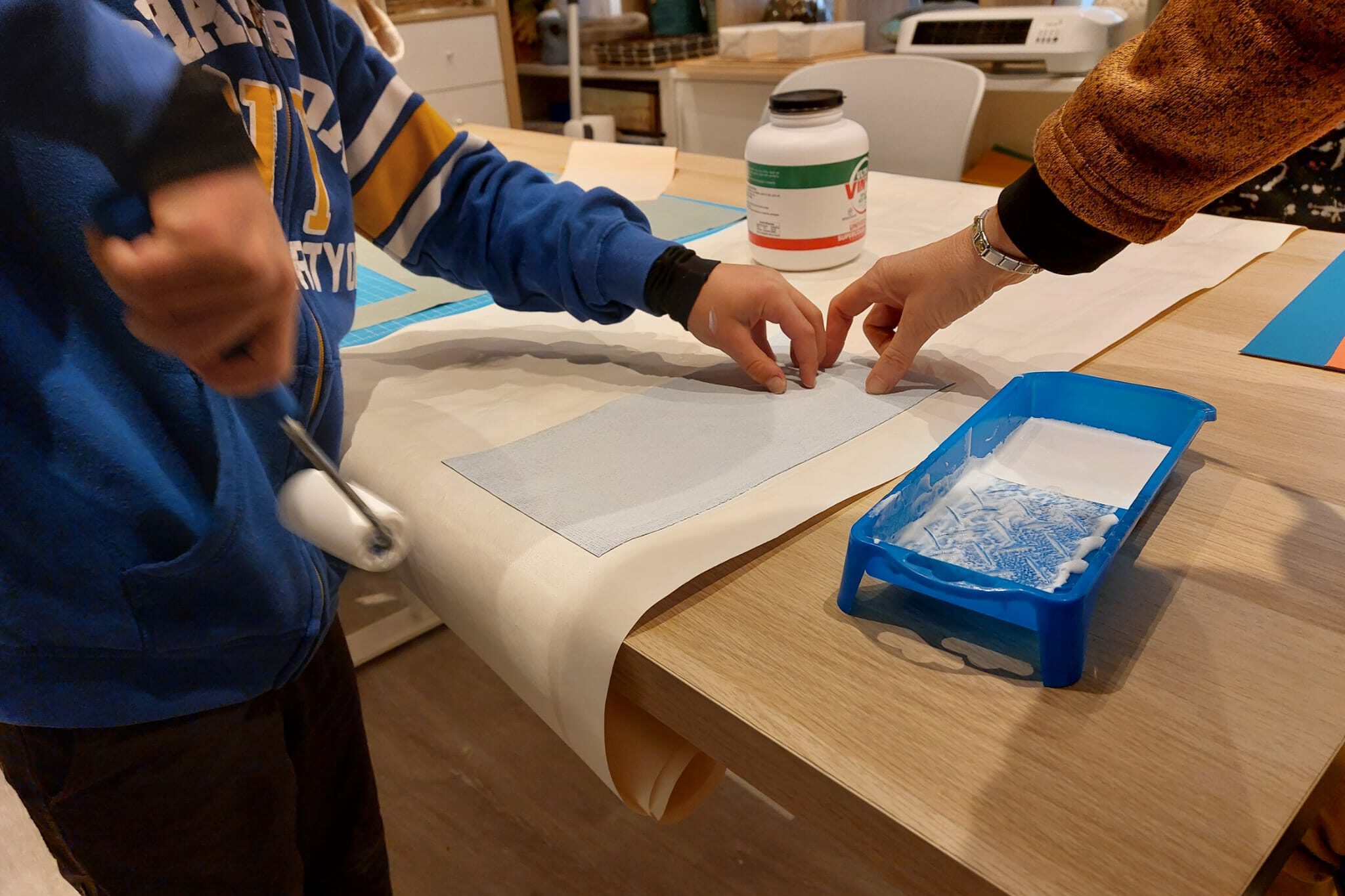
This session delved into the anatomy of a book, laying the groundwork for our next project: personal notebooks. We meticulously...
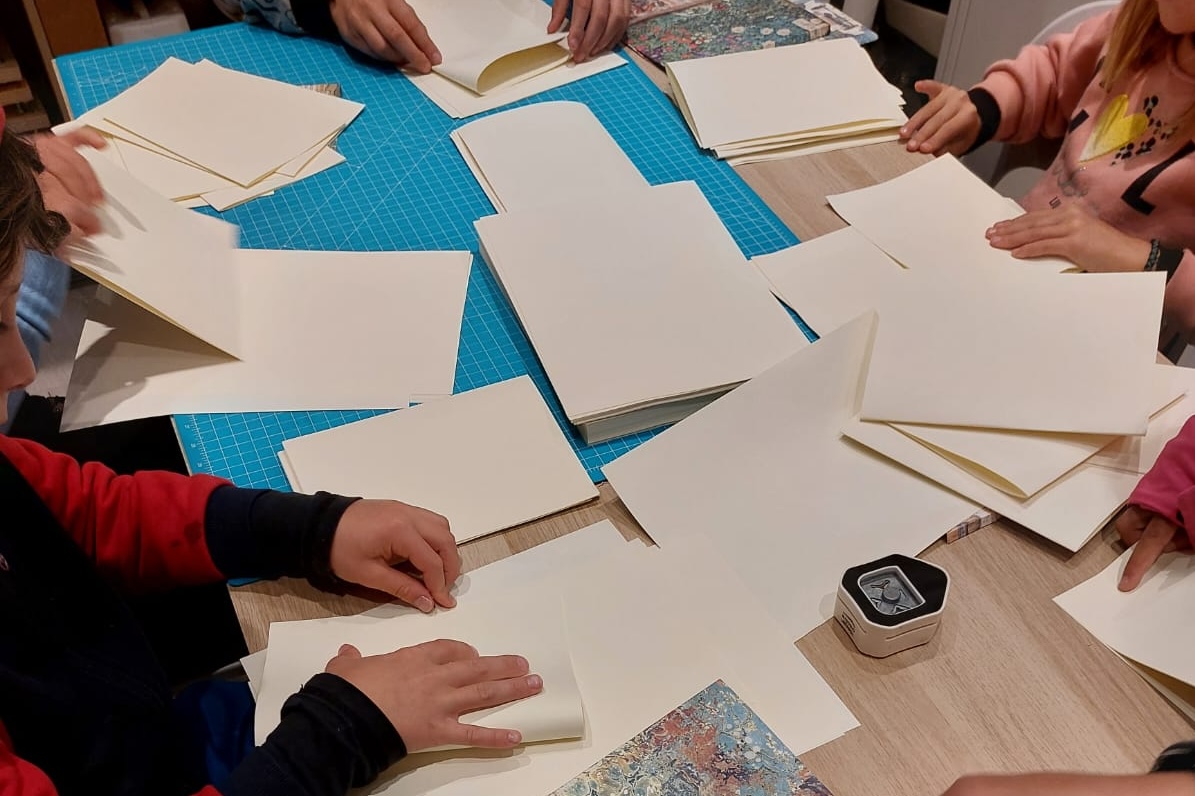
We explored the traditional art of bookbinding by crafting soft cover notebooks with two signatures. Beginning with sixteen folded A4...
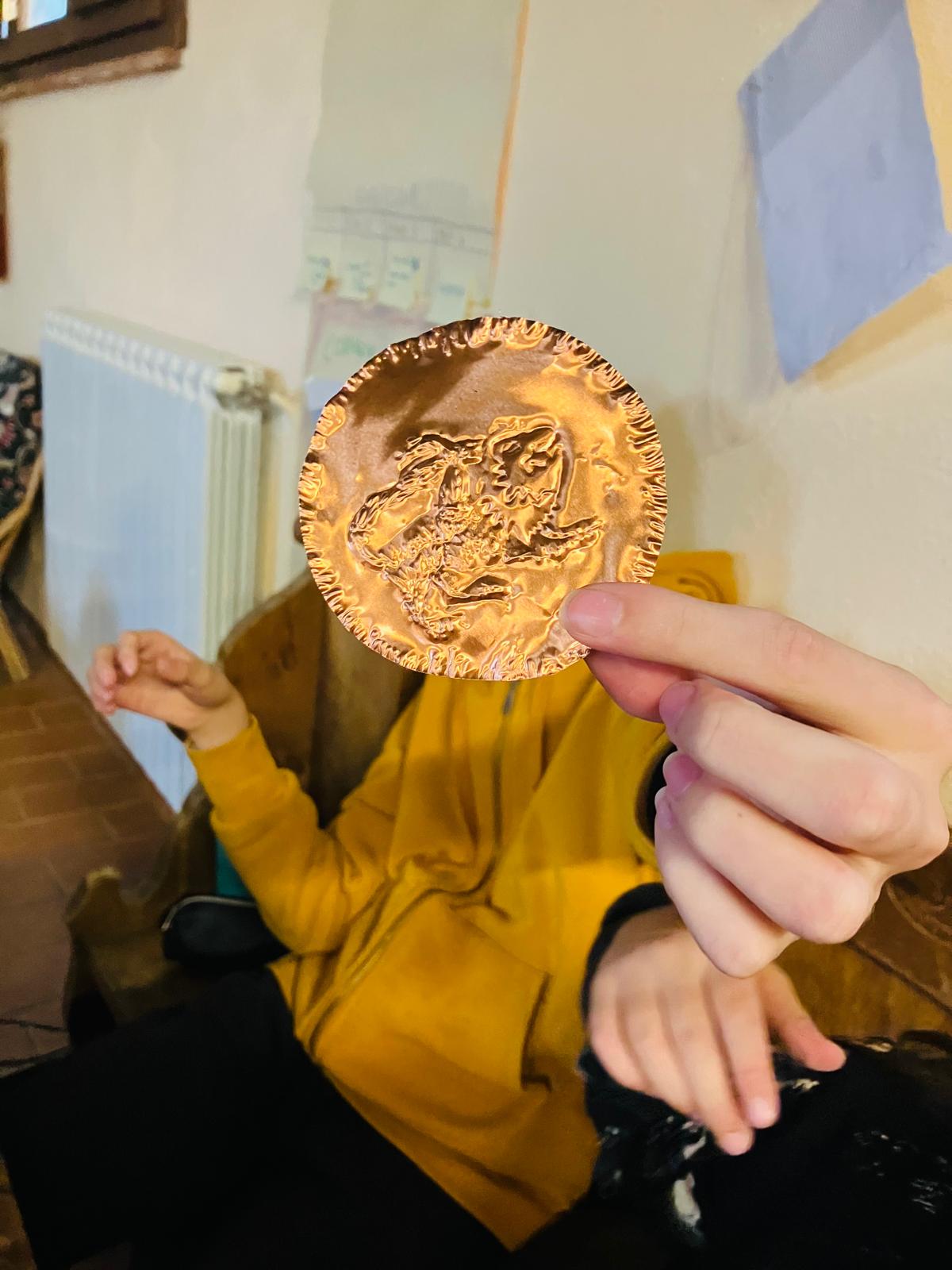
In the last meeting of the Erasmus Plus HAND! project, held at the Albero della Tuscia Libertarian School in Farnese...
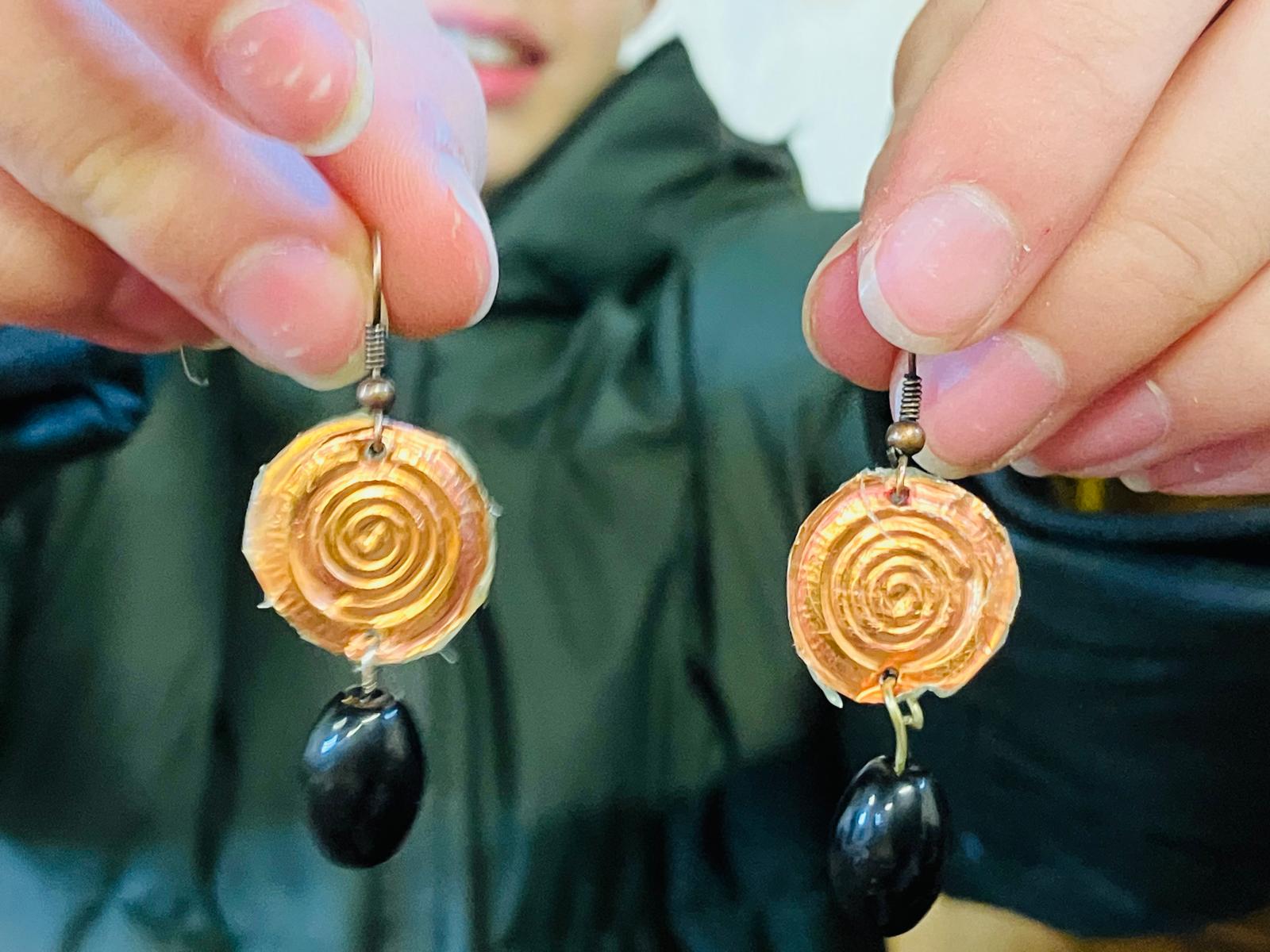
The third meeting of the Erasmus Plus HAND! project, held at the Albero della Tuscia Libertarian School in Farnese (VT),...
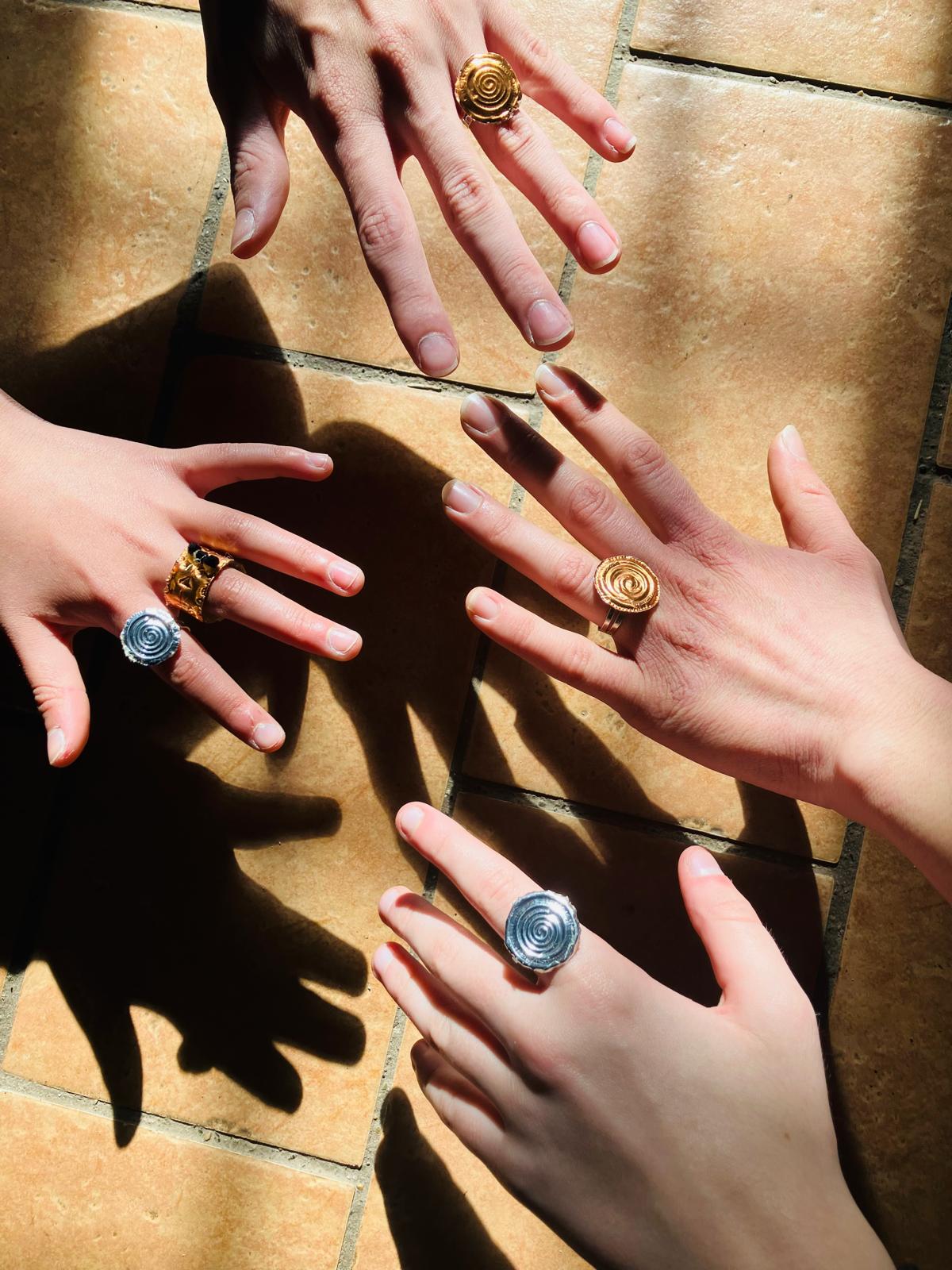
After the exciting discovery of Etruscan jewelry during the first meeting, the children of the Libertarian School “Albero della Tuscia”...
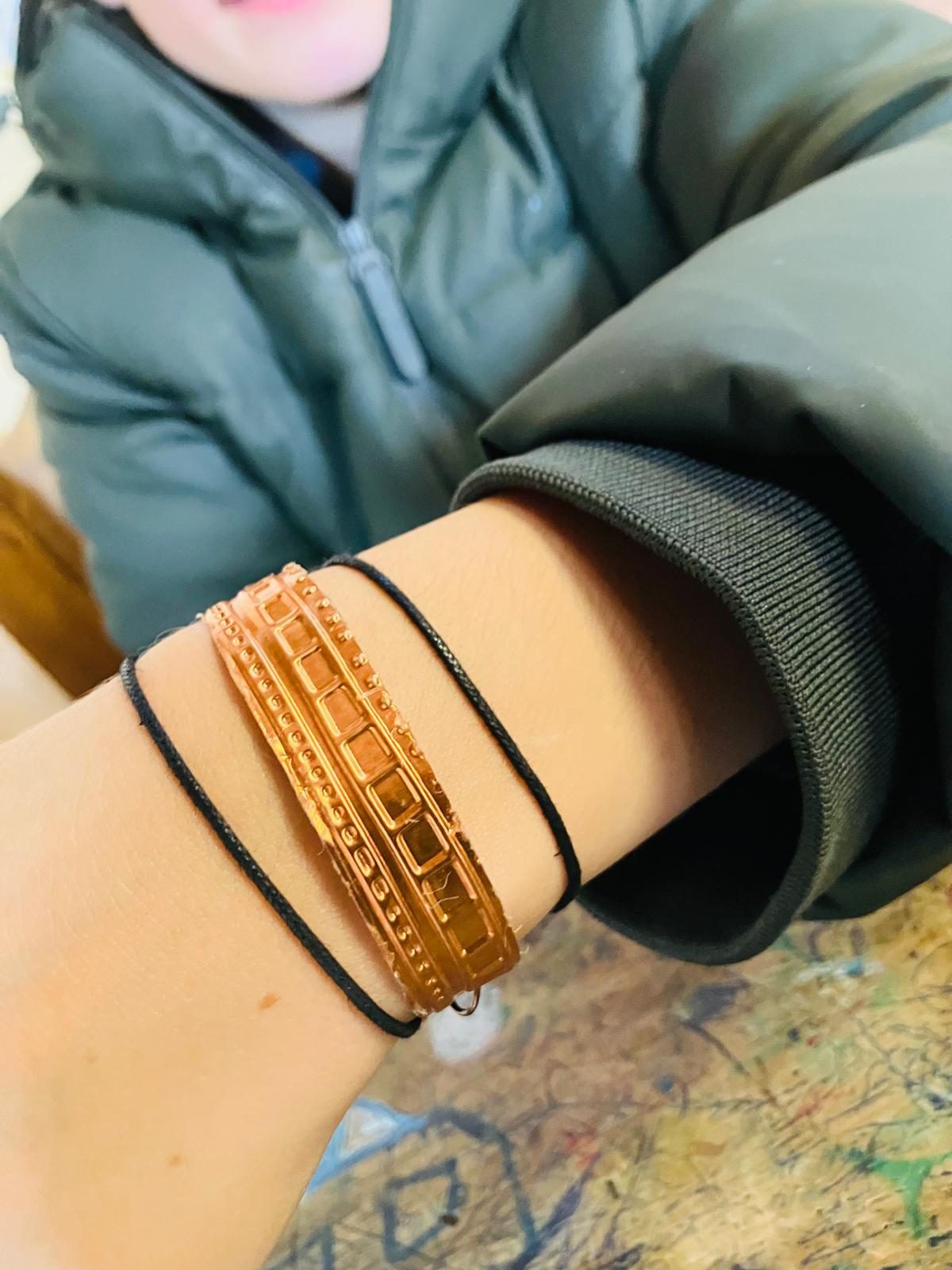
During the first meeting of the Erasmus Plus HAND! project at the Libertarian School “Albero della Tuscia” in Farnese (VT),...

The bookbinding adventure of the second group also began with a deep dive into paper formats. We meticulously folded and...
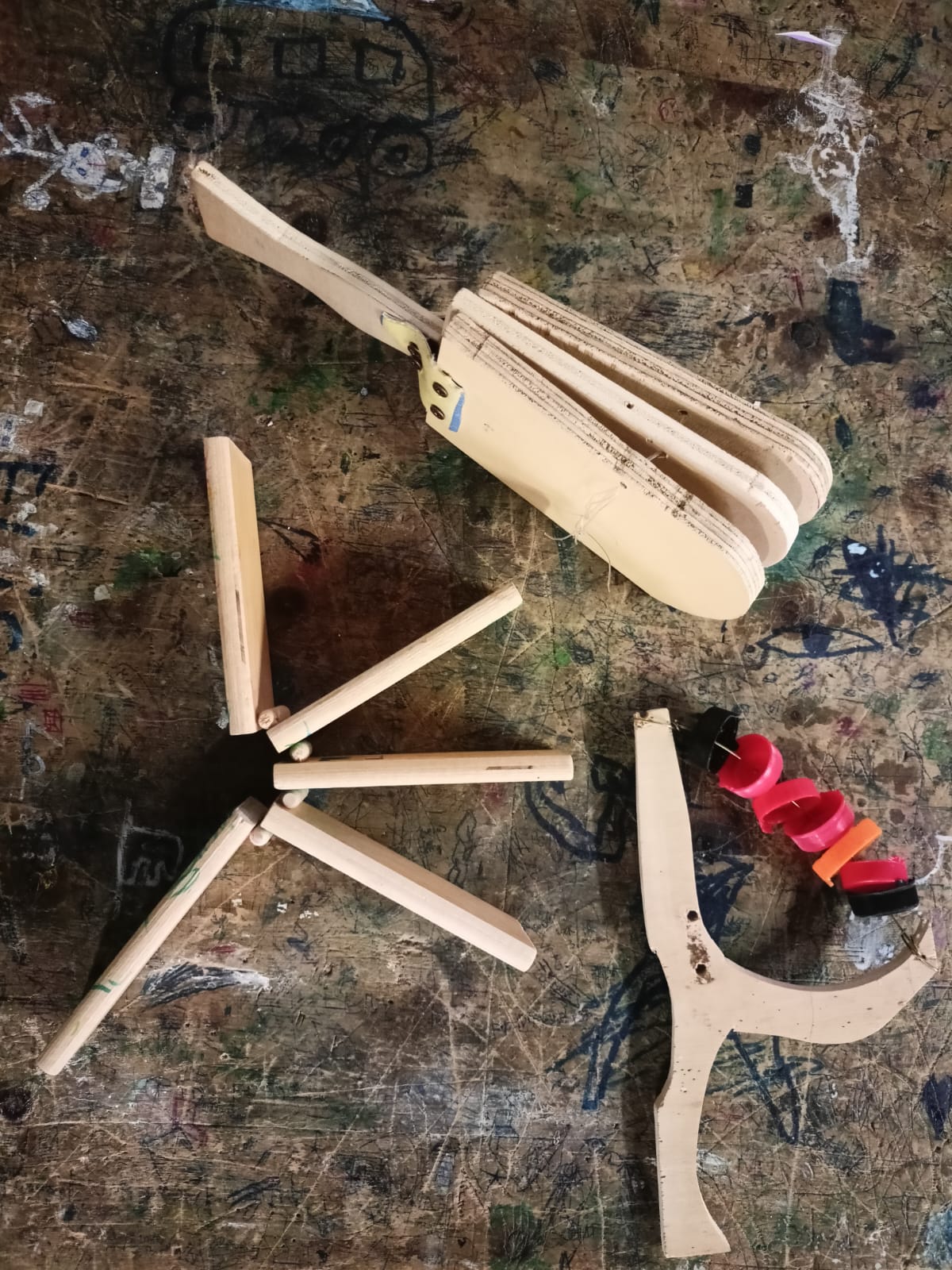
The third and final meeting of the Erasmus Plus Project – HAND! at the Albero della Tuscia School in Farnese...
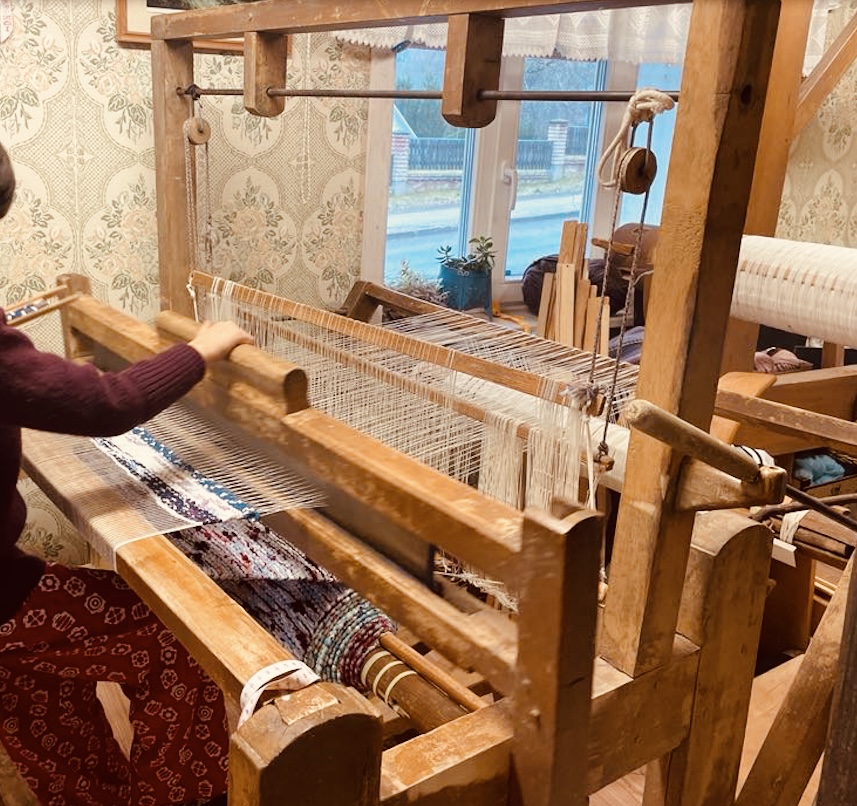
In this workshop we entered the world of traditional weaving with wooden framed looms. Estonian weaving has a long and...
Funded by the European Union. Views and opinions expressed are however those of the author(s) only and do not necessarily reflect those of the European Union or the European Education and Culture Executive Agency (EACEA). Neither the European Union nor EACEA can be held responsible for them.

